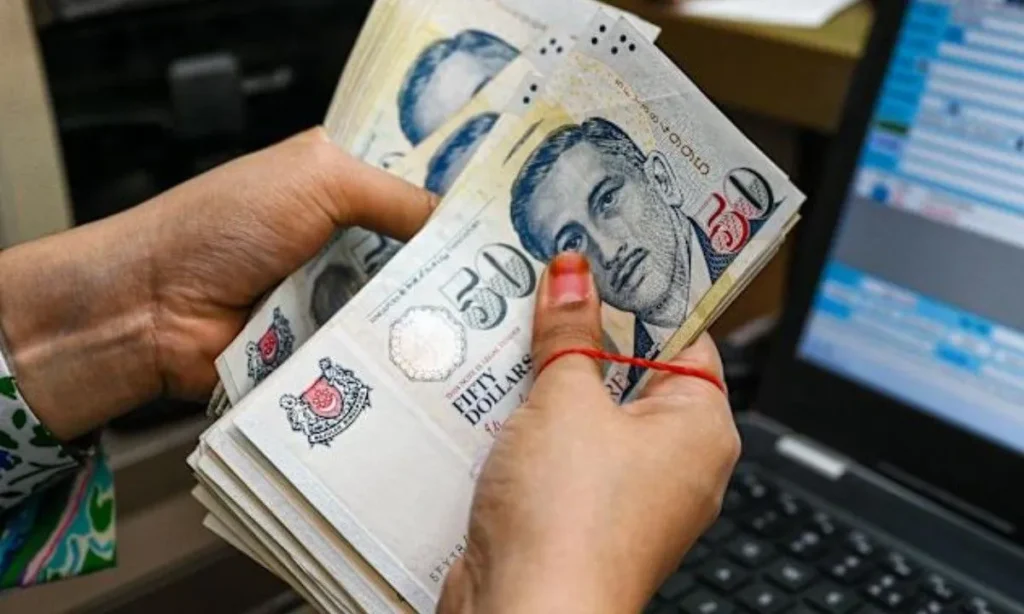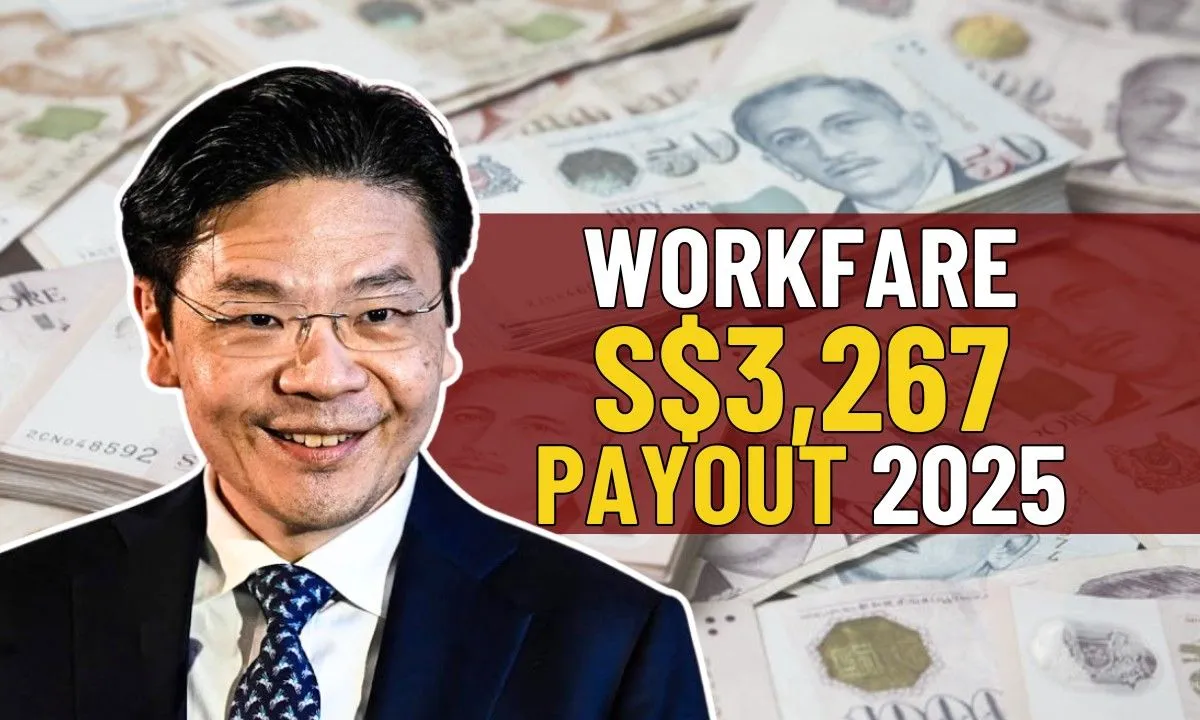The Singapore Government has updated the Workfare Income Supplement (WIS) scheme for 2025, giving a much-needed boost to lower-income workers. The changes mean higher payouts, wider eligibility, and faster payments especially for self-employed and gig workers. If you earn a modest income, you could now receive hundreds more each year in cash and CPF or MediSave savings.
Higher Workfare Payments from 2025
From 1 January 2025, the Workfare scheme was enhanced to reflect today’s cost of living and rising wages. The income limit has gone up to S$3,000, compared to the previous cap of S$2,500. This change means more Singaporeans now qualify for support. Employees can now receive up to S$4,900 a year, while self-employed persons (SEPs) can receive up to S$3,267 a year. Although the SEP amount is about two-thirds of the employee rate, most of it goes into MediSave, which helps cover healthcare expenses in the long term. Employees, on the other hand, receive part of their payout in cash and the rest in CPF, helping them with both daily needs and future savings. To find out exactly how much you’ll get, you can check the official CPF Workfare calculator. It gives accurate estimates based on your age, income, and employment type.
Who Can Get Workfare in 2025
The Workfare scheme is meant for Singapore Citizens aged 30 and above who are working but earning a modest income. Persons with disabilities qualify at any age. Employees generally need to earn between S$500 and S$3,000 a month in gross income. Self-employed persons qualify if their net trade income falls within a similar range. Some exceptions are made for people with disabilities, ComCare recipients, and caregivers, who may still qualify even if they earn less than S$500. There are also household and property conditions. For example, the annual value of your home and your spouse’s income must be within limits set by CPF. You can see these full conditions on the CPF Workfare eligibility guide.
How Much You Can Receive

The exact amount you receive depends on your age, income, and type of work. Older workers in their 50s and 60s, as well as persons with disabilities, receive the highest support. For employees, the maximum payout is S$4,900 a year, with about 40% given in cash and the rest credited to CPF. For self-employed workers, the maximum payout is S$3,267 a year, and most of this goes directly into MediSave about 90% according to official estimates. This helps ensure that self-employed Singaporeans have enough medical savings. To qualify, you must declare your income to IRAS and make your MediSave contributions by 31 March of the following year.
When and How You’ll Get Paid
If you’re an employee, you don’t need to apply for Workfare. The CPF Board automatically calculates your payout based on the CPF contributions your employer submits. Payments are made every month, usually two months after the work month. For example, Workfare earned in January will be paid in March. If you’re self-employed, you’ll receive your Workfare payout once a year, after you have filed your income with IRAS and paid your MediSave contributions. However, from Work Year 2025, platform workers such as delivery riders and private-hire drivers will start receiving monthly Workfare payouts. This is because platform operators now make CPF contributions for them every month.
Payments are made by PayNow–NRIC first, as it’s the fastest way to receive your cash portion. If you don’t have PayNow linked to your NRIC, the payout will be sent via bank transfer or GovCash through Singpass. Make sure your bank details are up to date to avoid any delays.
What to Do to Get Paid Smoothly
For employees, check that your employer is submitting CPF contributions correctly and on time. If there’s a mistake or delay, your Workfare payout could also be delayed. For self-employed persons, remember to declare your income to IRAS and pay MediSave by the deadline. Missing the deadline could mean getting a smaller payout or waiting longer to receive it. Always keep your receipts and income records for verification if needed. All workers should also make sure their PayNow–NRIC or bank details are properly linked in government systems. This ensures your cash portion goes straight to your account without extra steps.
Why These Changes Matter
The 2025 enhancements to Workfare show Singapore’s continued effort to support lower-wage workers and make sure no one is left behind. The scheme not only boosts take-home pay but also helps build long-term savings through CPF or MediSave. By increasing payouts and widening eligibility, the Government is ensuring that more workers whether employees, freelancers, or gig workers benefit from stable financial support.



